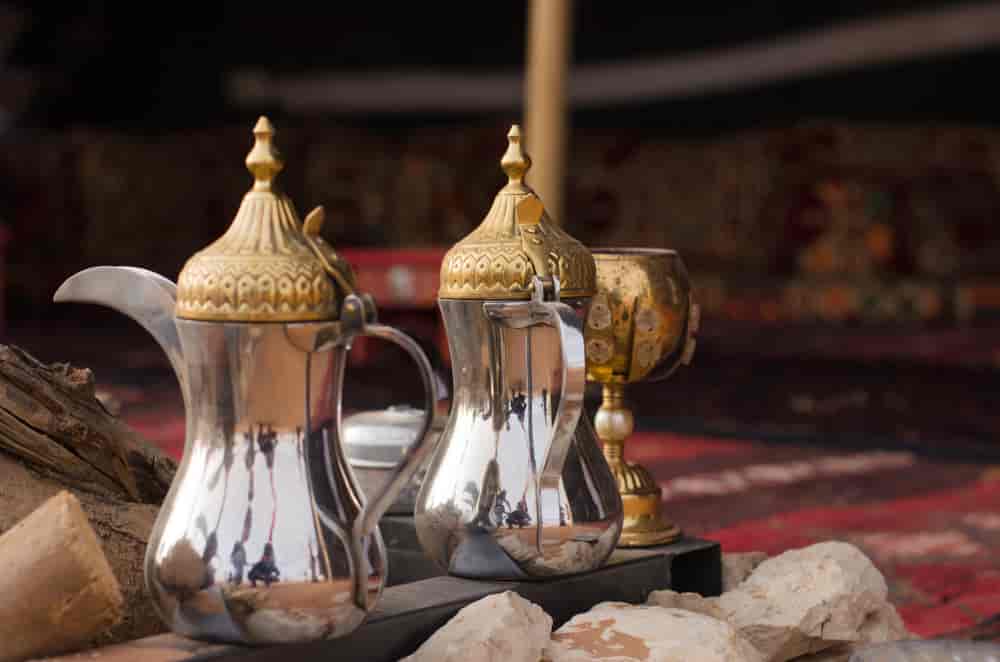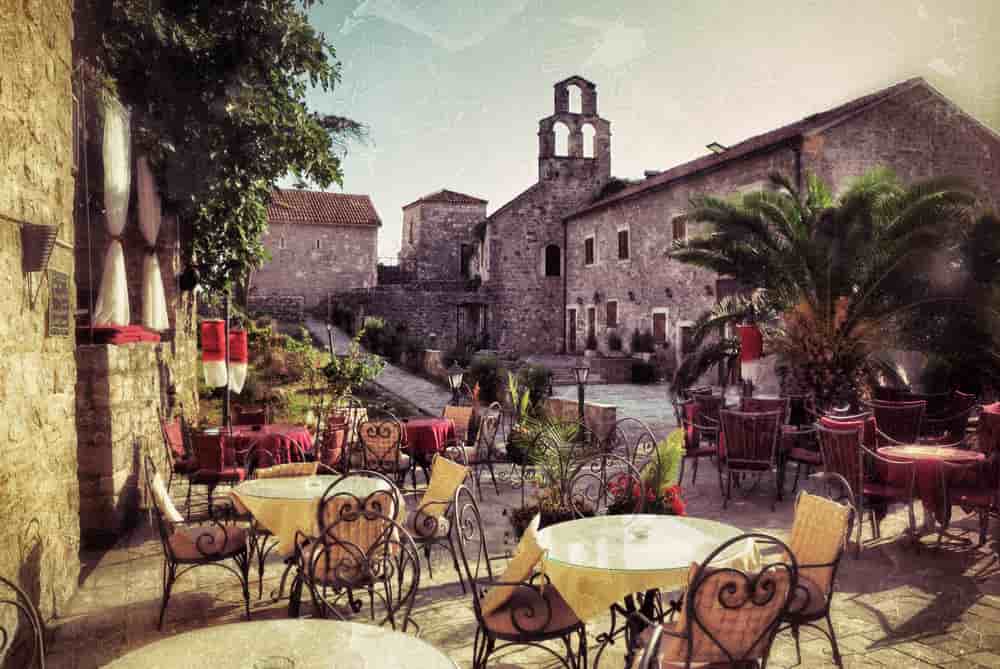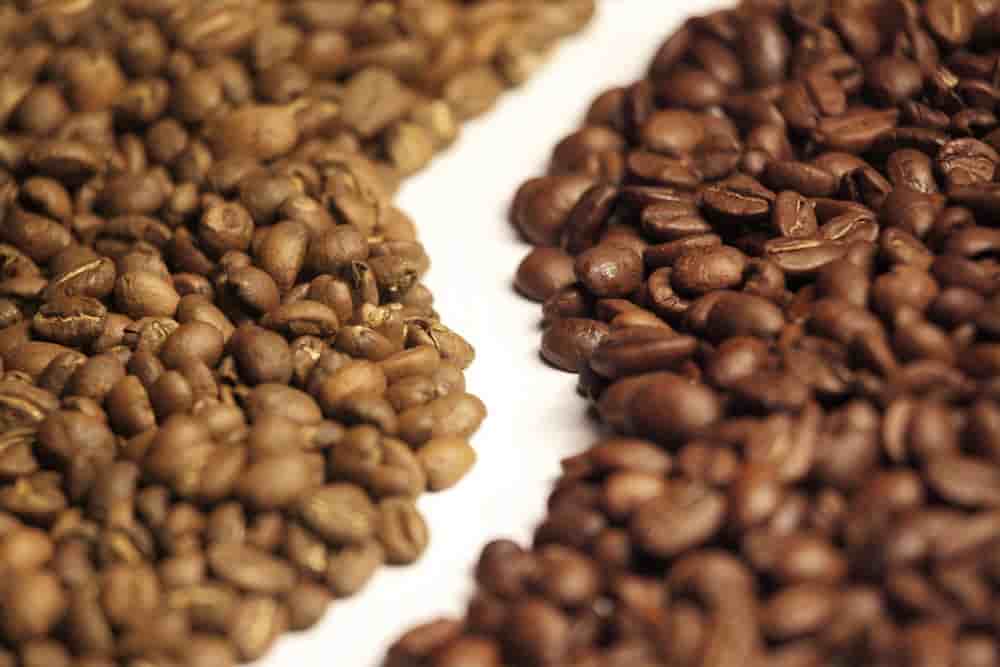Ah- Coffee!
Whether you call it Joe, Java, Brain Juice, Morning Mud, Mojo, or Mother’s Little Helper, it is an integral part of the waking-up routine of billions of people all over the world. But where did it come from?
Here’s a little sip of history about coffee ever-popular elixir.
Legend has it that coffee originated on the continent of Africa sometime during the first millennium, probably around 800 AD. The African climate is conducive to the growth of this rich-smelling bean, and so there is, in all likelihood, some truth to the tales.
But it was in ancient Arabia, circa 1000 AD that coffee was first consumed in its present form: by roasting the beans and brewing it into a liquid picker-upper.
Muslims embraced its wake up properties, and these nomadic peoples took it with them in their travels and introduced coffee to other parts of the world.
Let’s go deep…
There are a lot of legends about the history of coffee, and although we will never know for sure, it is said that the discovery of coffee is due to the Ethiopian shepherd Kaldi. One day he noticed that his goats, after eating berries from a certain tree, became so lively that they could not sleep at night.
Kaldi reported the results to the abbot of the local monastery who made a drink with the berries and discovered that they kept him awake for the long hours of evening prayer.
Soon the abbot had shared his discovery with the other monks of the monastery, and the knowledge of the energizing effects of the berries soon began to spread.
Thus the coffee reached the Arabian peninsula, where it began to spread throughout the world.
Today coffee is grown in a multitude of countries around the world: Asia, Africa, Central, and South America, islands of the Caribbean and the Pacific.
The Arabs were the first, not only to grow coffee but also to start their business. In the 15th century, coffee was grown in the Yemeni district of Arabia, and from the 16th century, it was known in Persia, Egypt, Syria, and Turkey.

Coffee was not consumed only in homes, but also in the many public cafes that appeared in the cities of the Middle East. The popularity of coffee was unparalleled, and people began to frequent them for every type of social activity: not only to drink coffee but also to hold a conversation, listen to music, watch artists, play chess and keep up with the news of the day. Public cafés quickly became a valuable information exchange centre and were often referred to as ‘Schools of the Wise’.
With thousands of pilgrims visiting the holy city of Mecca every year from all over the world, the fame of coffee began to spread far beyond Arabia. In an attempt to maintain a complete monopoly in the coffee trade, the Arabs continued to monitor their coffee production closely.
European travelers in the Middle East reported stories of the unusual dark black drink. By the 17th century, coffee had made its way to Europe and was becoming popular across the continent. In 1615 the coffee arrived in Venice, and the local clergy defined it as the ‘bitter drink of Satan’. The controversy is so great that Pope Clement VIII must intervene. However, before making a decision, he decides to taste the drink and, finding it satisfying, grants papal approval.
In the major cities of England, Austria, France, Germany and the Netherlands, public cafés are rapidly becoming centres of social activity and communication. In the mid-17th century, there were more than 300 coffee houses in London. Customers were merchants, shippers, brokers and artists.
The Arabs tried to maintain the monopoly in the cultivation of coffee, but Dutch settlers succeeded, in the second half of the 17th century, in obtaining some seedlings. Their first attempts to grow coffee in India failed, but they succeeded later on the island of Java in what is now Indonesia. The plants prospered, and soon the Dutch developed a productive and growing coffee trade also on the island of Sumatra.

In 1723, a young French naval officer obtained a coffee plant from King Louis of France, and after an arduous journey, the shoot arrived in Martinique. Once planted, the sprout prospered and gave birth to over 18 million coffee trees on the island of Martinique in the next 50 years. It was the beginning of the spread of the coffee plant in the Caribbean region, in Central and South America.
In just over a century, coffee has established itself as an agricultural product all over the world. Missionaries and envoys, traders and settlers continued to transport coffee seeds to new lands. Coffee plants were planted in many countries. Plantations were created in magnificent tropical forests and on mountainous plateaus. Some crops flourished, others vanished. By the end of the 18th century, coffee had become one of the most profitable export crops in the world.
Interesting Facts About Coffee- Discovery to Uses
Coffee is one of the most consumed beverages across the globe. It is prepared from roasted coffee beans, and it is one of the most traded agricultural commodities in the world after oil.
People like David Letterman swear by coffee and say that-
“Way too much coffee!! But if it weren’t for the coffee, I’d have no identifiable personality whatsoever.”
But this product which is an integral part of human life was of no use till a few centuries ago. Like petroleum, no one really took any notice of this rejuvenating drink.
Over the centuries, coffee has played a crucial role in many societies. It was used for religious ceremonies in Africa and Yemen. The Ethiopian Church had banned its secular consumption and The Ottoman Empire also prohibited its use during the 17th century for political reasons.
There are two main kinds of coffee beans which are in prevalent use. They are Coffea Arabica and the Robusta form of the hardier Coffea canephora.
Here you can found all types of coffee beans for espresso with different types of roasted. You can check it out before making your choice.
Arabica and Robusta coffee
Once roasted, virtually all coffee beans look the same. Actually, there are dozens of different varieties of coffee beans, but when it comes to the classic daily cup, there are generally only two qualities of coffee that count: Arabica and Robusta coffee. These are the two main types of coffee grown to drink daily.
The two varieties differ in taste, the environment in which they are grown, and the price.
The type of Arabica coffee tends to have a sweeter, softer, fruity taste with tons of sugar. Its acidity is higher, with a vinous taste that characterizes the coffee with excellent acidity.
Robusta has a more sour taste and contains twice as much caffeine. It is generally considered to be of lower quality than Arabica. Some Robustas, however, are of high quality and used above all in espresso coffee for their intense flavor and a suitable cream.

Robusta cicchi are easier to grow, can grow at lower altitudes than Arabica, and are less vulnerable to pests and unfavorable weather conditions. Robusta plants produce fruit much more quickly than Arabica – which takes several years to mature – and produces more crops per tree.
Robusta is grown mainly in Africa and Indonesia. Arabica is also cultivated in Africa and Papua New Guinea but has grown mostly in Latin America. Colombia produces large quantities of Arabica beans. Some countries, like Brazil and India, both produce.
Arabica, in general, is more expensive. Most of the coffee at the supermarket is exclusively Robusta, as is instant coffee. Arabica coffee can be found at the supermarket, but only because it is labeled Arabica does not mean that it is of high quality.
You can watch the video from Animation Channel:
The latter one is highly resistant to the coffee leaf rust, which has a devastating effect on the beans. Both these varieties are cultivated primarily in Latin America, South-east Asia, and Africa. Associated with this very popular beverage are many interesting facts which are, in fact, fun to read:
Origin of the word Mocha
This is one of the most sought after coffee drinks. The word Mocha derives its origin from the port of Mocha, which is in Saudi Arabia and was one of the original distribution hubs for coffee.
Holidays for Celebrating Coffee
This popular drink also has its own holidays across the globe celebrating its effervescence and rejuvenating quality. Coffee is celebrated on September 12 by the Costa Ricans, Irish celebrate it on September 19 and the Japanese dedicate Coffee Day on October 1.
Slow & Steady
Even though coffee rejuvenates and refreshes a person in a matter of a few minutes, the coffee tree takes considerable time to grow up. Moreover, it produces about 1-2 pounds of coffee beans annually.
First Coffee Houses
The first coffee houses set up in Mecca were known as Kaveh Kanes. These were set up here as this was the main trading center for berries. Damascus, Syria, and Istanbul opened coffee houses around the 1530s and Turkey in 1554. The Dutch were the first to bring coffee out of Mocha and introduce it to the rest of the world. Their first cultivation was in Ceylon, now known as Sri Lanka, in 1658.
You can learn more from Wikipedia.
Conclusion
Thus coffee has rapidly gained recognition all over the world, and as of now, it is an integral part of every person’s morning drink.
A. I. Moon
A.I. Moon, an experienced SEO Pythonista, spends his days coding and developing web applications to help business owners. A passionate coffee enthusiast, he believes that drinking coffee fuels his creativity and productivity. His day isn't complete without the rich aroma and invigorating warmth of a perfectly brewed cup. This love for coffee inspired him to found EspressoRivo, a platform dedicated to sharing his coffee knowledge and fostering a community of passionate aficionados.






